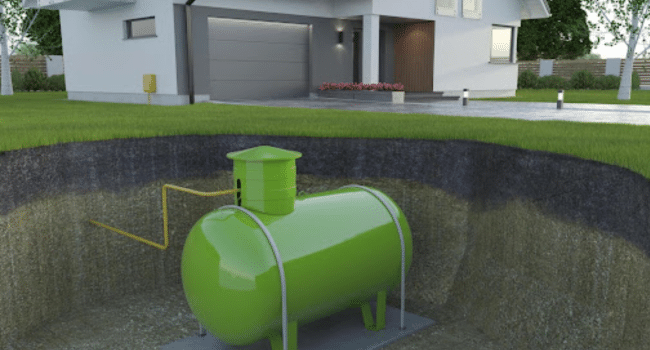Table of Contents
Given the current scenario of a global watch over sustainability and the use of resourceful materials with care, underground water tanks have emerged as a rampant choice. These leading-edge structures deviate from traditional water storage practices because they provide unique benefits that exceed their fundamental water-holding function. Underground water tanks are simple storage and have innovative ideas with great benefits. Although such practices have been implemented for a long time, the benefits lie in a well-grounded analysis of why in-ground water tanks are so popular and an intelligent choice for understanding the essence of water management.
Space Efficiency:
Rain tanks save lots of precious above-ground space. Redundant in-house systems such as elevated tanks or huge chests have an appalling appearance and take up a significant area of land. On the other hand, the underground water tanks are buried beneath the ground. They, therefore, are perfect for properties with space constraints. The industrial area’s capacity feature is incredibly convenient for towns or small estates, where the property owner finds a place to satisfy the need for sustainability in water supply while utilising the land efficiently.
Aesthetic Appeal:
Therefore, along with their space-saving advantages, in-ground water tanks have a particular value in terms of the visual appeal of a specific land. On the other hand, their hidden characters all leave aside visible storage structures, adding to the general beauty of the landscape and creating uniformity in design. This distinctive component is precious to homeowners who value their outdoor area being kept in pure and undisturbed condition. Incorporating groundwater tanks within the property provides a complementary combination of function and style, offering a viable alternative to people who desire a perfect blend of practical utilities and aesthetic virtues.
Temperature Regulation:
The soil provides some natural insulation to underground water tanks. This insulation regulates water temperature and prevents extreme fluctuations in external weather conditions. A buffer is provided by the soil in colder climates from freezing. In contrast, the earth retains coolness in hotter areas in the stored water. This natural set-point temperature means that the water remains appropriate for diverse uses while reducing the utility energy used for heating or cooling.
Protection from Elements:
Underground water tanks protect from the elements as they do not suffer from sunlight and extreme weather conditions. Sun exposure is detrimental to the population and causes algae growth and water evaporation, both of which are eliminated by the underground placement of the tank. In addition to the fact that the tank is located at the bottom of the surface, this ensures that no storm hail or other severe weather conditions cause any damage to the tank. This additional protection not only prolongs the life of the water tank but also guarantees the continuous flow of clean water.
Water Quality Preservation:
Preserving water quality is a paramount concern, and in-ground water tanks excel in maintaining the purity of stored water. Borehole engineers Hampshire play a critical role in preserving water quality by carefully selecting drilling locations to avoid contaminated aquifers, designing boreholes to prevent surface water infiltration, and implementing proper well construction techniques. Inevitably, the underground environment lowers the probability of contamination since the tank remains protected from pollutants and the outside litter. Then, the absence of light also decreases the potential for the plant development of algae, helping to maintain a clear and healthy water supply. This feature is significant for those who rely on harvested rainwater or store water for domestic use.
Conclusion:
In summary, the diverse advantages offered by in-ground water tanks, spanning from efficient space utilisation to the preservation of water quality, position them as a thoughtful choice for individuals and communities striving to improve their water management practices. As global consciousness leans towards sustainable solutions, these tanks emerge as concealed gems beneath the surface, guaranteeing a dependable and environmentally friendly water supply that extends its benefits across generations. Their integration represents a crucial step towards a sustainable future in water resource management.
Read More on KulFiy
